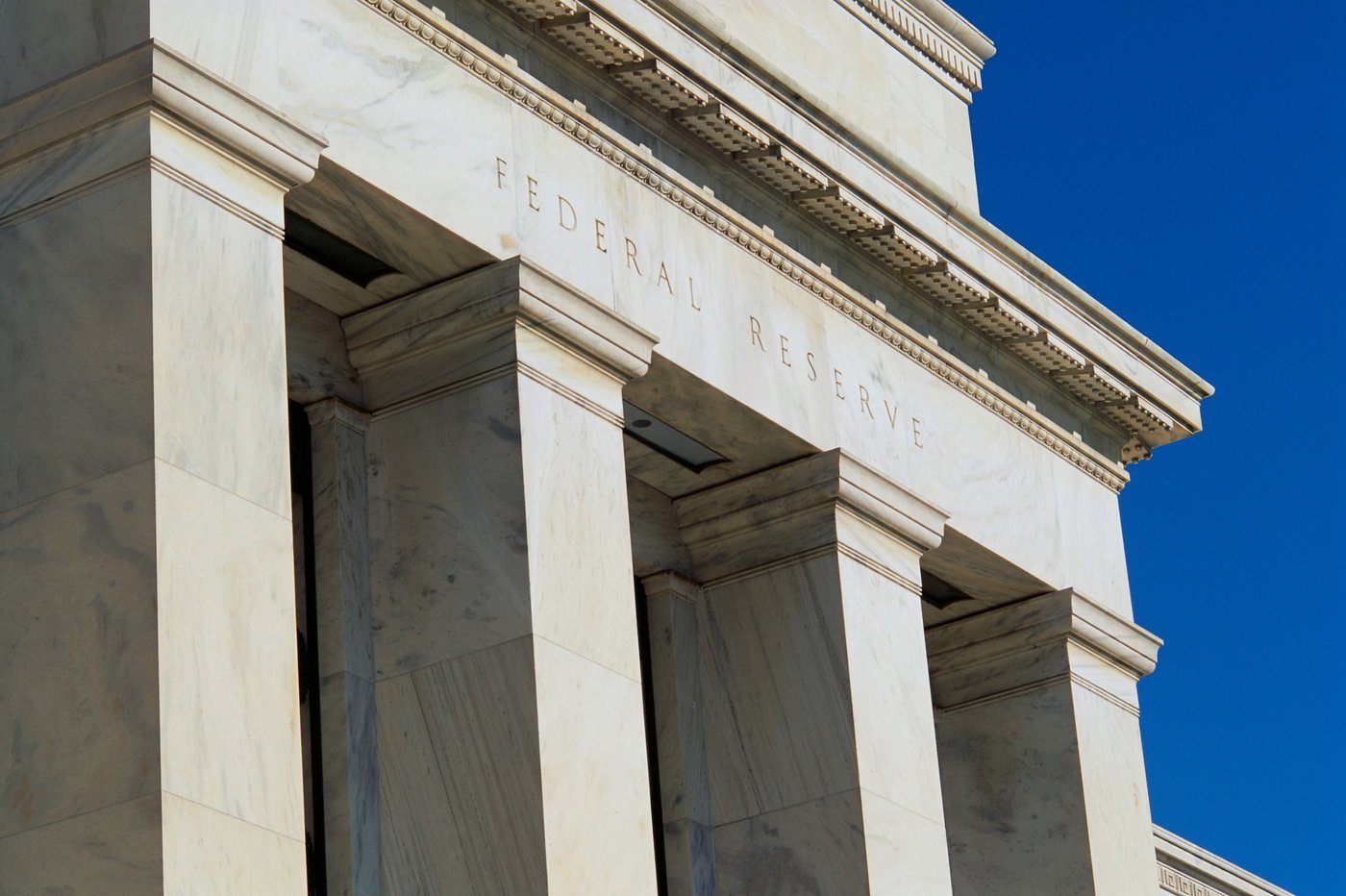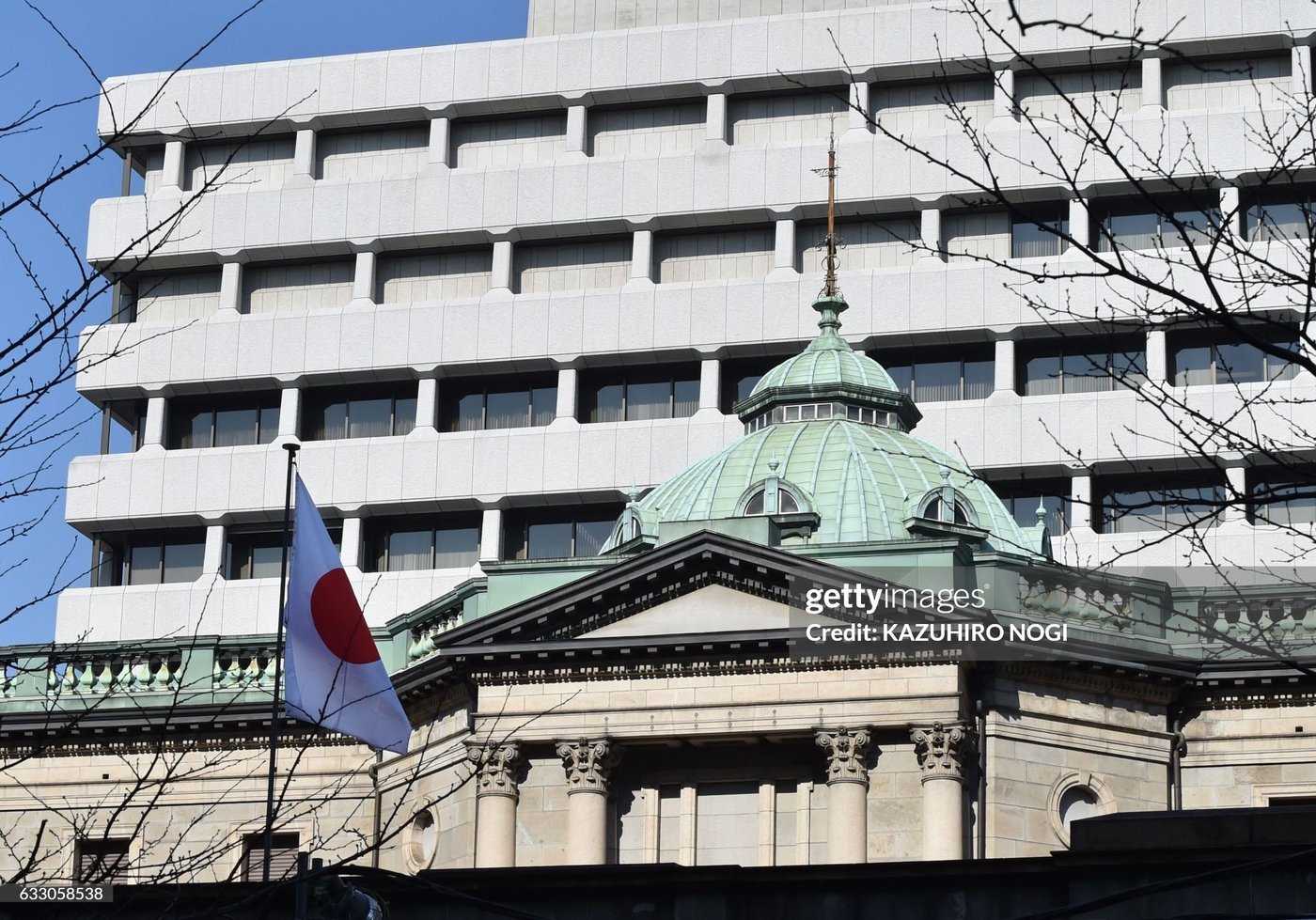Major central banks raised rates when inflation climbed and lowered or are planning to lower rates in a low-inflation environment. What are the implications of lower rates on currencies and elections?
The surge in inflation after the COVID-19 pandemic resulted in central banks raising interest rates to very high levels. With the battle against inflation largely won, there is currently a global trend by central banks to lower interest rates. This article examines how central banks have adjusted monetary policy in response to inflation levels.
Explore: How does the US Federal Reserve conduct the monetary policy?
Previous trend in raising rates
Background
In 2022, major central banks raised interest rates to levels not seen for years. Let’s review the economic landscape at the time, which led to this rate-tightening cycle.
The COVID-19 pandemic caused a global economic recession in early 2020. The United States, the UK and the eurozone responded with massive stimulus programs and lowered interest rates close to zero for almost two years. The stimulus provided a boost to economic growth but also resulted in the highest inflation seen in decades. In 2022, there were real concerns of runaway inflation, which climbed as high as 9.1% in the US, 11.1% in the UK and 8.1% in Canada.
The Federal Reserve’s rate-tightening cycle
With inflation rising rapidly, the major central banks responded by hiking interest rates, the central bank’s primary tool to control inflation. The concept behind this move is that higher interest rates makes borrowing more expensive and slows spending and demand. This dampens economic activity and slows the pace of inflation.
It’s important to note that inflation doesn’t fall immediately after a rate hike, as the increase in rates has to filter throughout the economy, which can take 12-18 months before a rate hike will dampen the growth. This makes timing rate moves a tricky task for central banks.
In March 2022, the US Federal Reserve raised rates by 25 basis points, the start of an aggressive tightening campaign which raised rates by some 525 basis points. In order to make the initial rate hike more effective, the Fed coordinated the tightening campaign with the Bank of Canada, which also raised rates by 25 basis points around the same time.
US inflation hit a 40-year high of 9.1% in June 2022, but then reversed directions and declined as interest rates started to filter throughout the economy. It was a similar story for other major central banks, which saw success in their efforts to lower inflation as they continued to raise interest rates.
The steep rise in interest rates carried a heavy price tag, however, as homeowners were hit by much higher mortgage payments and businesses and consumers were hit with higher borrowing costs. Higher interest rates weighed on economic growth and led to a recession in the UK, while other developed economies narrowly avoided recessions.
Current trend – Lower interest rates
As mentioned earlier, central banks responded to high inflation by hiking interest rates. That policy has been largely successful and inflation has fallen dramatically. Central banks have, however, been much more cautious about lowering rates compared to the short time it took to raise rates to their highest levels in decades.
Among the major central banks, only three have shifted policy and cut rates so far. The Swiss National Bank (SNB) lowered rates in March 2024, the first central bank to ease monetary policy in response to lower inflation. The European Central Bank (ECB) and the Bank of Canada (BOC) followed in June 2024. The Federal Reserve and other central banks have signaled that they plan to cut rates, and most of the major central banks are expected to lower rates by mid-2025.
Obstacles to lowering rates
Although inflation has dropped dramatically since the dark days of 2022, there are still obstacles in the way of lowering interest rates. Let’s review some of the key impediments to central banks lowering interest rates:
Inflation does not fall in a straight line
The path of inflation can be unpredictable, and inflation reports have sometimes surprised the central banks and the markets by unexpectedly rising. This occurred in the US in the first quarter of 2024 and forced the Fed to delay plans to lower interest rates. The uncertainty in the direction of inflation has muddied the waters as far as rate cuts, much to the dismay of consumers and businesses that are in need of relief from high borrowing costs.
High services inflation
There are various inflation components which do not move at the same pace. Headline and core inflation have dropped significantly but service inflation, which has been driven by higher wages, remains much higher and has complicated plans to lower rates.
Tight labor markets
In order to lower interest rates, the central banks want to see the economy cool down, but not to the extent that it causes a recession. The labor market in the US and other major developed economies have remained tight, despite high rates, which have dampened the economic growth. This has become a problem for central banks that want to see a weaker labor market before lowering rates.
Lower rates could cause inflation rebound
The central banks are wary about cutting rates too early, as it could allow inflation to rebound and erase much of the progress made in the difficult battle to contain inflation. Moreover, a rebound in inflation could force a particular central bank to zigzag and hike after lowering rates, which could undermine the credibility of that central bank.
Despite the obstacles, most of the major central banks expect to lower rates by mid-2025. All eyes are on the Federal Reserve, which is yet to cut interest rates. Inflation has been higher than the Fed expected, delaying plans to lower rates and provide relief to consumers and businesses. The markets are currently pricing in a 90% probability of a quarter-cut point at the September meeting. Fed officials have been tight-lipped about the timing of an initial rate cut but are signaling that a rate cut is close.
Central banks and inflation targets
Central banks set inflation targets and will adjust monetary policy in order to achieve that inflation target and maintain price stability. The Federal Reserve and the Bank of England and the ECB have an inflation target of 2%. Some central banks use an inflation target range. The New Zealand central bank has a target range of between 1% and 3% and the Australian central bank has a target range of between 2% and 3%. The rate-tightening cycle has succeeded in slashing inflation, but inflation has remained above the inflation target or target bands of the major central banks.
The outlier - Bank of Japan
The exception to the rule of major central banks shifting policy and lowering rates has been the Bank of Japan (BoJ). For decades, the BoJ has been an outlier among major central banks, with negative interest rates due to deflation that marked Japan’s economy for decades.
Political implications of interest rate moves – elections in the US and UK
Central banks are responsible for monetary policy, and their decisions are meant to be made independently of political considerations. However, politics is a fact of life and given that interest rate changes can significantly impact the economy, both the government and the opposition will inevitably have an interest in these decisions. The tension between central bank rate decisions and political interests was apparent in the UK election and could become an issue in the US presidential election.
UK election
In the UK, the Conservative government was trailing badly in the polls and the Bank of England (BoE) held a policy meeting just two weeks before the election. If the central bank had opted to lower rates, the government would have undoubtedly claimed that the move was a result of its economic policies and may have received a boost in the polls.
Ahead of the election, BoE Governor Bailey addressed this issue and insisted that the central bank had the “duty” to make its rate decision based on what was right for the economy, independent of political considerations. Ultimately, the BoE decided to hold rates at the June meeting, although it said that the decision was a close call between holding or lowering rates.
US election
In the US, market expectations that the Federal Reserve will lower rates at the September meeting have been rising and now stand at 90%. A rate cut would help the Biden administration, which would take credit for the move as proof that its economic policies were working. Donald Trump, the Republican nominee, has publicly warned Federal Reserve Chair Jerome Powell not to lower rates before the November vote. If the Fed decides to lower rates in September, it will be interesting to see how this impacts on the election campaign.
Learn more about Economic Factors and Currency Volatility possible amid the 2024 US Presidential Election
Divergence among central banks in rate policy
In 2022, when inflation was rising and threatened to spiral out of control, central banks faced a common enemy. Central banks made the containment of inflation their primary objective, even at the price of painful interest rate hikes and a possible recession. Hiking rates was treated as a global emergency, and the recipe was simple – raise rates quickly in order to curb inflation.
Fast-forward to 2024. The battle with inflation has been largely won, but central banks aren’t hurrying to slash rates. There are particular economic circumstances in each country and each central bank must decide what is the appropriate rate policy.
As an example, the eurozone economy is struggling, which put pressure on the European Central Bank to lower rates in June 2024. The US economy is in much better shape, and this has allowed the Federal Reserve to maintain rates, rather than cut them.
The Federal Reserve has not led the way in the rate-cutting cycle, but nevertheless, central banks are keeping a close eye on the Fed’s rate policy. Central banks don’t want to lower rates without the Fed doing so, as unilateral rate cuts widen the rate differential with the US, resulting in the domestic currency weakening against the US dollar. Thus, a rate cut from the Fed in September will make it easier for other central banks to lower rates.
Central bank deviation from forecasted consensus
As mentioned earlier, in the current economic environment, inflation has been falling and some central banks have already lowered interest rates. The Federal Reserve has signaled that it plans to cut rates in the near term, but the Australian and New Zealand central banks have said that rate hikes remain on the table due to inflation being higher than expected.
If a central bank suddenly shifts policy and makes an unexpected rate move, this could lead to volatility in the markets. Central bankers are very cautious by nature, so it’s unlikely that a central bank will make a rate decision contrary to expectations. At the same time, even a perceived change in rate policy that doesn’t involve a rate move can cause strong swings in the markets, as was the case with the Reserve Bank of New Zealand (RBNZ) in July 2024.
The RBNZ had maintained a hawkish stance and at the previous meeting in May 2024, the RBNZ had discussed the possibility of a rate hike. At the July meeting, the central bank maintained rates as expected, but the commentary that accompanied the decision was much more dovish than expected. The RBNZ suddenly signaled that it was open to a rate cut in the near term, a massive shift from the hawkish stance it had indicated just a few months earlier.
Increased volatility when market expectations are not met
In the immediate aftermath of the RBNZ meeting, the New Zealand dollar fell as much as 1% against the US dollar as market expectations for a rate cut jumped. Investors had expected that the RBNZ would remain hawkish as it had in May, and the sudden shift towards a possible rate cut was a complete surprise.
An important lesson from this episode is to keep in mind the possibility that central banks can make sudden shifts in rate policy without prior warning. This does not occur often, but when it does, it can catch the markets off guard and cause strong volatility, as was the case with the New Zealand dollar.
Central banks have used interest rate policy as the main tool in the battle against inflation. In the new era of low inflation, central banks have lowered or plan to lower interest rates. This policy of lowering rates can have major economic and political implications.
Disclaimer
This article is for general information purposes only, not to be considered a recommendation or financial advice. Past performance is not indicative of future results.
Opinions are the author's; not necessarily that of OANDA Corporation or any of its affiliates, subsidiaries, officers or directors.
Leveraged trading in foreign currency contracts or other off-exchange products on margin carries a high level of risk and is not suitable for everyone. We advise you to carefully consider whether trading is appropriate for you in light of your personal circumstances. You may lose more than you invest. We recommend that you seek independent financial advice and ensure you fully understand the risks involved before trading.










